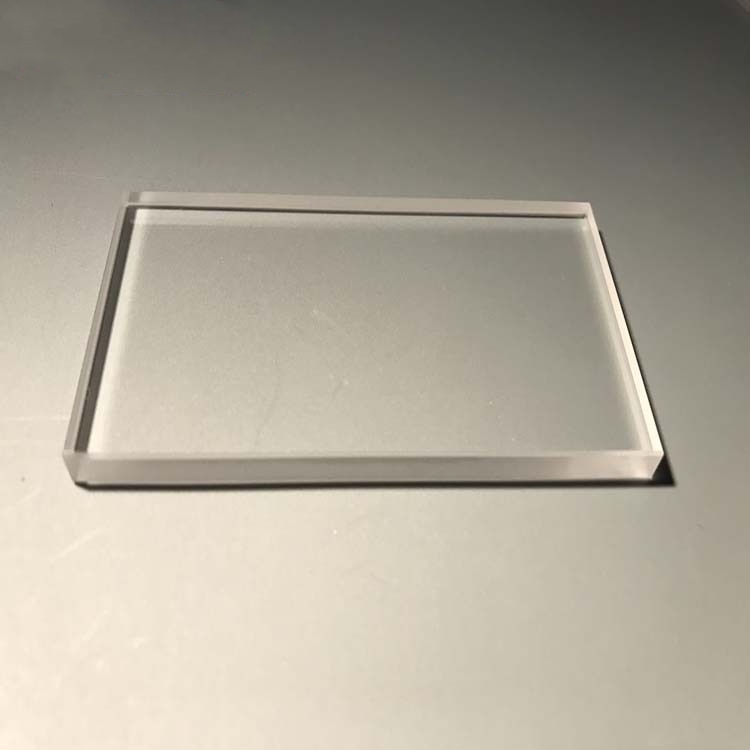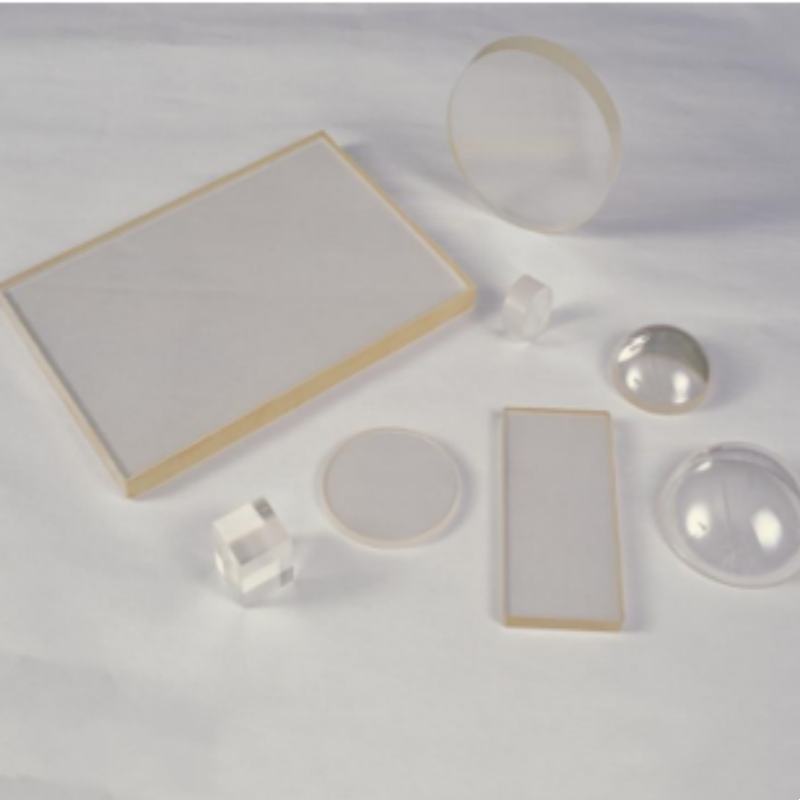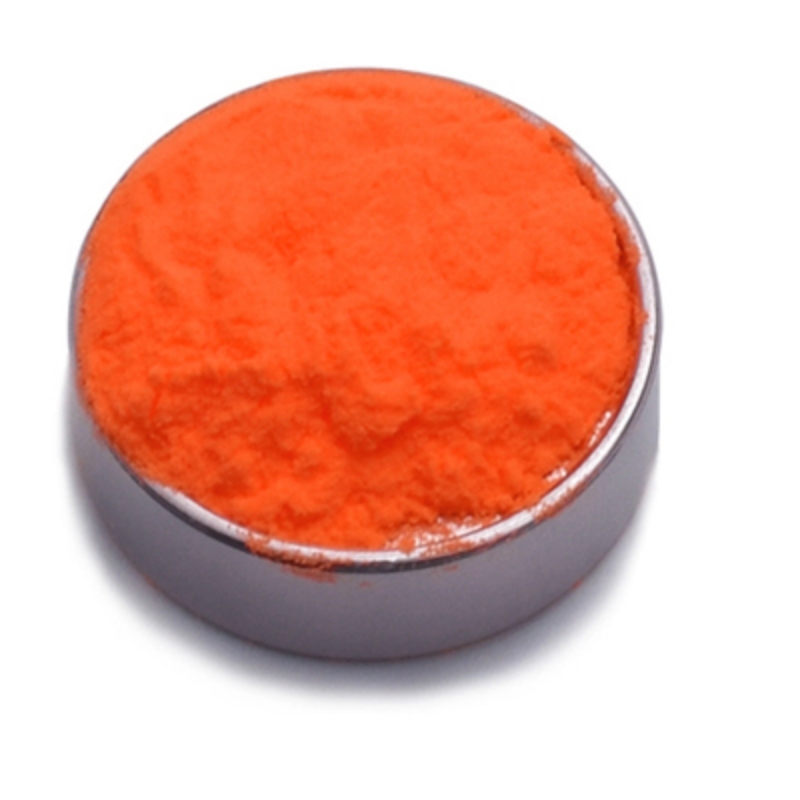Germanium double-convex lens is a high-performance optical component designed for efficient light convergence, minimized spherical aberration, and superior infrared transmission. Manufactured from high-purity germanium, it offers exceptional optical clarity, strong resistance to environmental fluctuations, and reliable thermal stability. This precision lens is widely used in infrared imaging, laser optics, aerospace applications, and scientific instrumentation, ensuring optimal light manipulation and performance for advanced optical systems.
Product Overview
The germanium double-convex lens is an optical lens made from high-purity germanium single-crystal material, featuring two convex surfaces. This lens is commonly used in optical systems for focusing, reducing focal length, and collimating light, especially in the infrared wavelength range (2-12μm). Due to the excellent optical and mechanical properties of germanium, this lens is widely used in systems like LiDAR, optical sensors, and spectrometers, where precise light control and transmission are essential. Germanium lenses play a critical role in infrared optical systems due to their high hardness, thermal conductivity, and stability.
Key Features
- Wide Transmission Spectrum: Suitable for the 2-12μm infrared spectrum, making it a common choice for infrared optical materials.
- Excellent Optical Performance: High transmittance, low reflectivity, and high laser damage threshold make it ideal for high-performance optical systems.
- Superior Mechanical Properties: Germanium's high hardness and excellent thermal conductivity allow the lens to perform well in harsh environments.
- Chemical Stability: Insoluble in water and highly resistant to corrosion, ensuring long-term durability.
- Precision Manufacturing: The lens is manufactured with high precision and polished to ensure smooth surfaces and accurate dimensions.
Applications
- Infrared Imaging Systems: Widely used in infrared imaging and spectral analysis instruments.
- LiDAR: Essential optical component in LiDAR systems for precise beam control.
- Optical Sensors: Ideal for various infrared optical sensors, improving detection accuracy.
- Spectrometers: Used for imaging and beam focusing in mid-infrared spectrometers.
- Infrared Optical Systems: Common in military, medical, and environmental monitoring infrared optical systems.
| Optical Property | Value |
| Transmission Range | 2-15 μm |
| Reflection Loss | 4.0028 @ 10.6 μm |
| Absorption Coefficient | 1.3 × 10⁻³ @ 3.8 μm |
| 3 × 10⁻² @ 10.6 μm | |
| Structure | Cubic Crystal System |
| Cleavage Planes | <111 |
| Physical Property | Value |
| Density | 5.33 g/cm³ |
| Melting Point | 936 ℃ |
| Thermal Conductivity | 58.61 W/(m·K) @ 293K |
| Thermal Expansion | 6.1 × 10⁻⁶/K @ 298K |
| Knoop Hardness | 780 kg/mm² |
| Specific Heat Capacity | 310 J/(kg·K) |
| Dielectric Constant | 16.6 @ 9.37 GHz |
| Young's Modulus | 102.7 GPa |
| Shear Modulus | 67 GPa |
| Bulk Modulus | 77.2 GPa |
| Poisson's Coefficient | 0.28 |
| Chemical Property | Value |
| Solubility | Insoluble |
| Molecular Weight | 72.61 g/mol |
| Property | Value |
| Diameter Range | 2-300mm |
| Focal Length | 15-5000mm |
| Thickness | 0.12-60mm |
| Surface Quality | 80-50, 60-40, 40-20, 20-10, 10-5 |
| Surface Flatness | λ/2, λ/4, λ/8, λ/10 |
| Clear Aperture | >90% |
| Coating | Customizable |
Submit Your RequirementsWe will contact you within 24 hours.
 WOBO Scientific Research New Materials One-Stop Service Platform
WOBO Scientific Research New Materials One-Stop Service Platform











